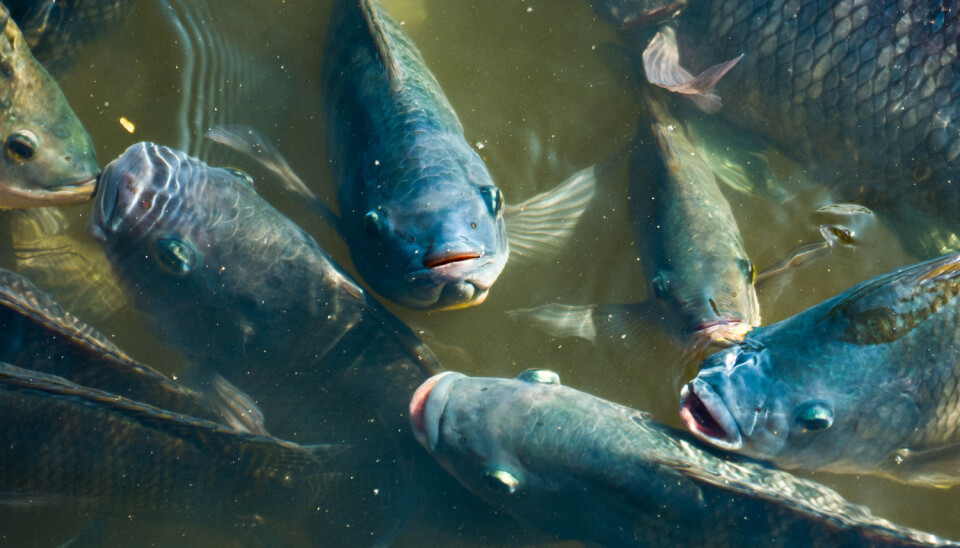
It matters who your mother is, even for fish
OPINION: New research could result in both bigger and better farmed fish.
In breeding and genetics, the environment provided by the mother, that is the maternal factors like egg size and quality, affects the growth and the size of the offspring produced.
This research found that including the information about the mother (maternal effect) changed the decision about selection of the best breeding candidates in Tilapia, a popular tropical aquaculture fish. In addition, it showed the possibility to better breed Tilapia by selecting fathers and mothers in separate lines, and we should maybe develop crossbreeding systems for fish for the first time.
How much is size affected by the mother?
We all know that genes are passed from parents to offspring; half from the father and half from the mother. Breeding of Tilapia deals with the selection of individuals with the best genes, and to have the best predicted breeding values.
Comparing Tilapia to the dog, the growth rate of the newborn puppies depends on the milk production of the mother and the number of puppies born. Similarly, our aim was to try to separate the effect of genes on the growth of the puppies from those of the environment (e.g. maternal effect in Tilapia).
Further, when the offspring inherits the gene from its mother and father, if their combined effect is equal to the sum of their individual effects, it is called additive genetic effects. These genetic effects work more or less all the time, whereas some (the non-additive genetic effects) are depending on certain alleles being present at other genes. These additive and non-additive genetic effects can be separated from the maternal effects with a proper experimental design.
When we go to a fashion website to buy some clothes, the decision on which clothes to buy depends on the filters we choose: like size, price, brand, quality, colour, etc. Selecting or dis-selecting one of these decision parameters bring changes in the top recommendation lists. Similarly, in Tilapia breeding, the decision parameters can be the additive genetic effects, non-additive genetic effects and maternal effects; the ultimate goal is to make better offspring from the mating of these Tilapia from the top recommendation list.
Could result in bigger fish
This research aimed to find out how these decision parameters effect the different traits of Tilapia: Body weight, body depth, body length, body thickness, fillet weight and fillet yield. Two traits, body weight and body depth, were found to be affected by both the non-additive genetic effect and maternal effect, whereas body thickness and fillet weight were found to be affected by maternal effects only, and the other two were affected by neither.
Further, the research found that adding non-additive effects into the decision making did not change the top ranked list very much. Whereas, adding maternal effects changed the top ranked list markedly. This shows that the influence of mother (probably due to the size and quality of the eggs) is significant for the growth and weight of Tilapia.
This also give us an opportunity to breed better Tilapia by recognizing which fish makes better mothers than others, and maybe also utilize other genetic interaction effects.






























